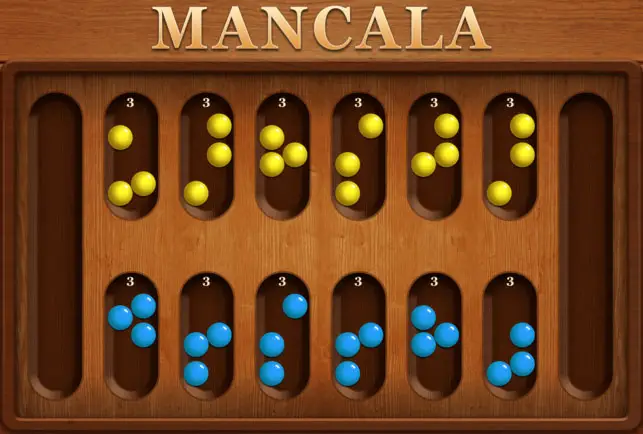

In both mode, try to keep a stone in the left most hole as moves are one hole jump it would give you a lot of option to tire out the opponent. In without capture mode, try to move as much stone to store as early as possible. In with capture mode, always plan carefully to make an empty hole where your opponents stone is getting stored. If we have 8 stones in our right most hole and our left most whole is empty we can time it perfectly to capture a hefty sum of stones that will give us a huge lead In with capture mode, a high risk, high reward pattern is trying to store 8 stones in the right most hole because if the opponent is not careful then he would store many of his stones in his right most hole. Patterns that I have noticed helps accomplish that goal: Depending of the 'modes' of the game the strategy may vary but the end goal is always putting as many as possible stones in our own store. I have played a few time with real players and seen quite a few different strategies. If the child can correctly predict the hand that holds the seed, the player plays first.There are numerous strategy for Mancala. One person holds up a seed in one of their fists towards a child. There is a rule for choosing the first person to play. In Kenya, the Mancala variant that’s common here is called Bao, and the game-play is soo simple that even a kid can play and excel in it. This is possible when one player has one piece in each small house or when one player captures all the stones. The first difference between the rules of Uganda’s mancala game and the one described above is that there is no storage in Omweso (Omweso or Mweso is the Ugandan name for mancala).Īnother difference is that the way to win is to be the final person who makes a move on the board. Mancala Kalah - known as the childrens game. The most popular ones are: - Mancala Bao - a complex strategy game of Kenya, Zanzibar, Tanzania, Comoros, Malawi and some areas of Burundi. Other variant mancala rules in some African countries Different names of Mancala games Games from the same group have various rules and names. When this situation happens, the second player can capture all the remaining seeds on the board The game ends when the six holes on a player’s row no longer have any seeds.


This house is also called “the storage house,” and you are to put each seed that you capture in this house. There is a large rectangular house on each end of the board. The horizontal row in front of each player has six holes for keeping the player’s Mancala pieces. The 2-rank mancala board (which is the most popular variant of the board) has a total of 12 small holes, also called ‘pits’ and ‘houses.’ You need to understand the basics of the mancala game before trying to understand the rules and variations of the games.


 0 kommentar(er)
0 kommentar(er)
